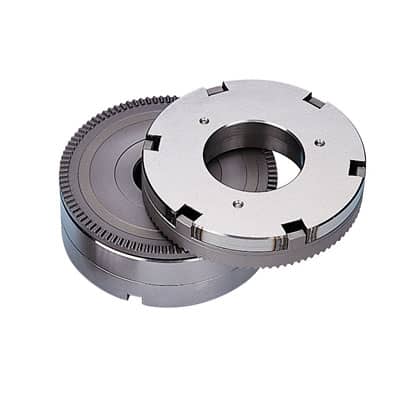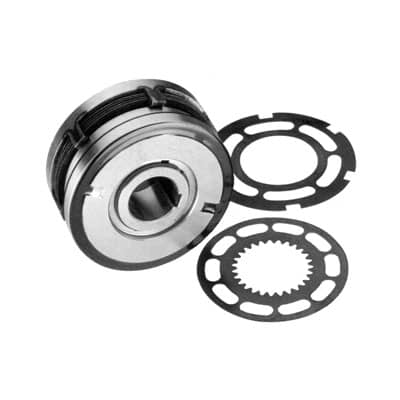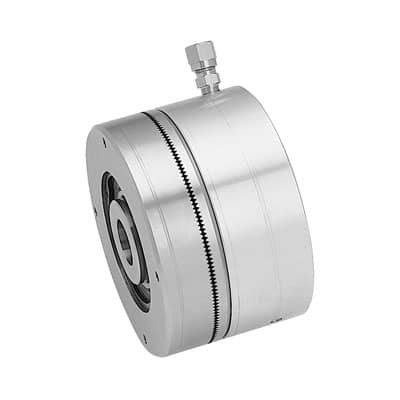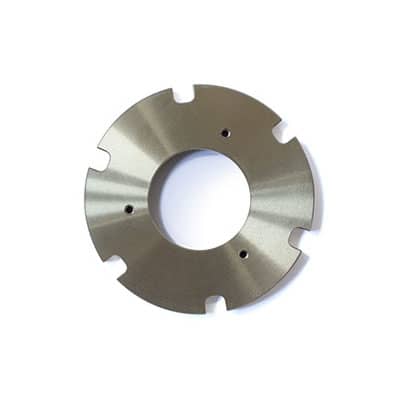Electromagnetic and pneumatic clutches: definition and operation
Our electrically powered tooth clutches transmit torque using front teeth that engage with one another thanks to an electrically powered coil that generates a magnetic field.
For the versions without electricity, the tooth clutches transmit motion and release it by powering the electric coil. They are able to transmit high torques.
They have no contact between the two dragging tooth parts when they are disengaged, allowing rotation at high speed given the absence of residual torque. They can work dry or in oil.
Riccardo Alberghini
Our expert in electromagnetic and pneumatic clutches
Download the catalogue for the range
ClutchesPneumatic clutches: tooth or with friction material
They transmit torque using the front teeth that engage with one another or via friction generated by pressure exerted by the pneumatic membrane inside the clutch stator.
Use of clutches
The main fields of use of the clutches are:
- machine tools
- packaging machinery
- mining machinery
- marine machinery
- machinery and drives for the following sectors: farming, ceramic, textile, paper, sheet metal, wood, plastic, footwear, medical-sanitary, building, plumbing, printing, graphics, foodstuff and wine.




